Turnover
Turnover means the total amount of money that gamblers use to place bets.
In New Zealand, organizations like the Lotteries Commission and the Racing Board (TAB) share these numbers. Turnover includes “churn,” which means the same money is counted multiple times when gamblers re-bet winnings. This is common with games like gaming machines or race betting.
For example, if someone has $20 and keeps betting until it’s all gone, the machine might show $120 or more as turnover because the money was reused many times.
Turnover does not show how much players spend or how much profit the operator makes.
Expenditure and Gross Profit
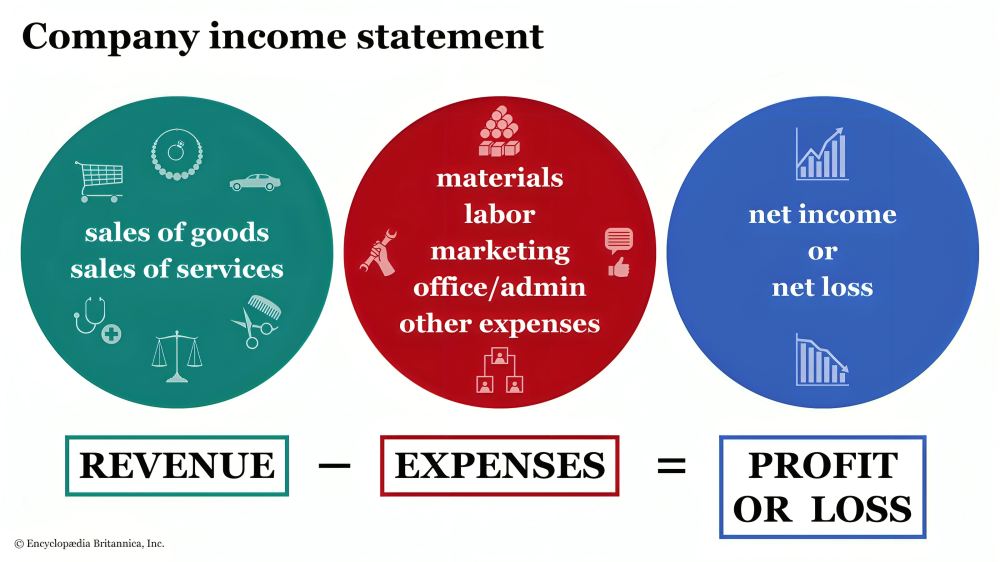
These terms mean the same thing:
It is the turnover (total money wagered) minus the money given back to players as prizes or winnings.
For example, if a player bets $20, the gross profit for the operator is $20, which is the amount the player loses.
Financial Year-End
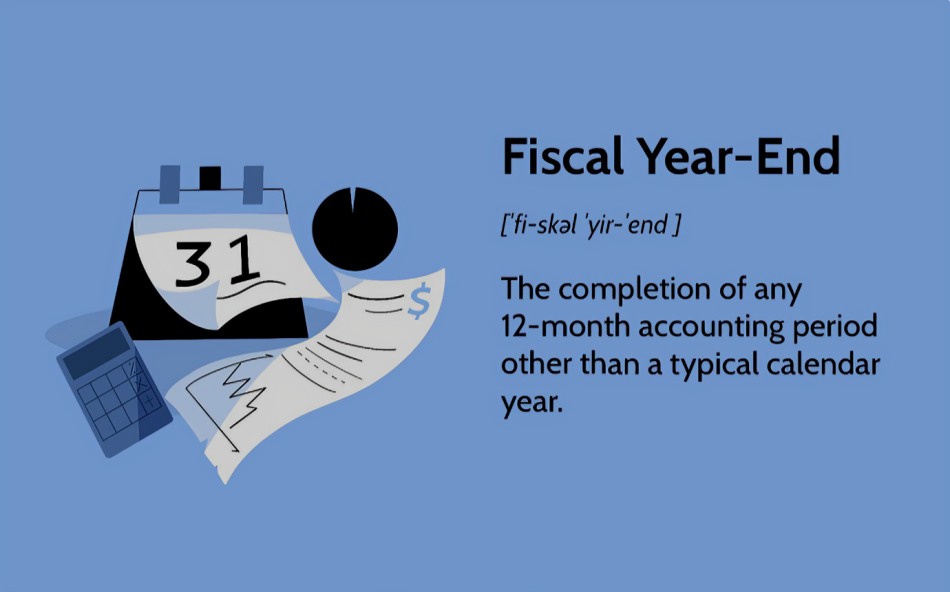
The financial year-end is the date when businesses close their accounts for the year.
Most gambling businesses in New Zealand use 30 June as their year-end.
The New Zealand Racing Board is an exception; its year-end is 31 July. So, their data is calculated up to that date.
New Zealand Racing Board (TAB)
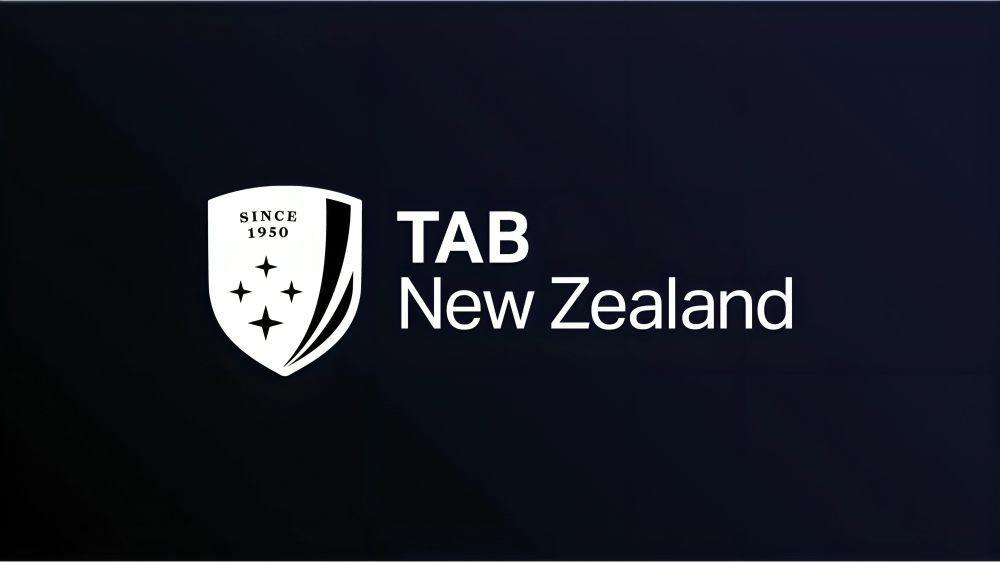
The Racing Board (TAB) introduced new types of bets. For example:
- Sports betting started in 1996.
- Fixed odds betting for races began in 1997.
Because of these changes, data from 1996 onwards cannot be directly compared with earlier years.
New Zealand Lotteries Commission
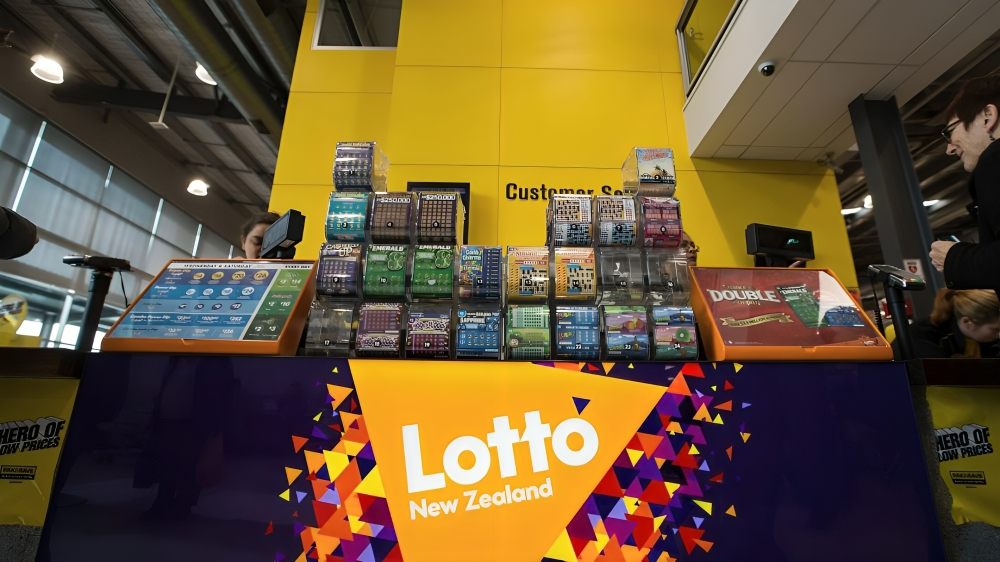
In 1989, the Lotteries Commission changed its financial year-end from 31 March to 30 June. So, the figures for that year cover 15 months instead of the usual 12 months.
Gaming Machines
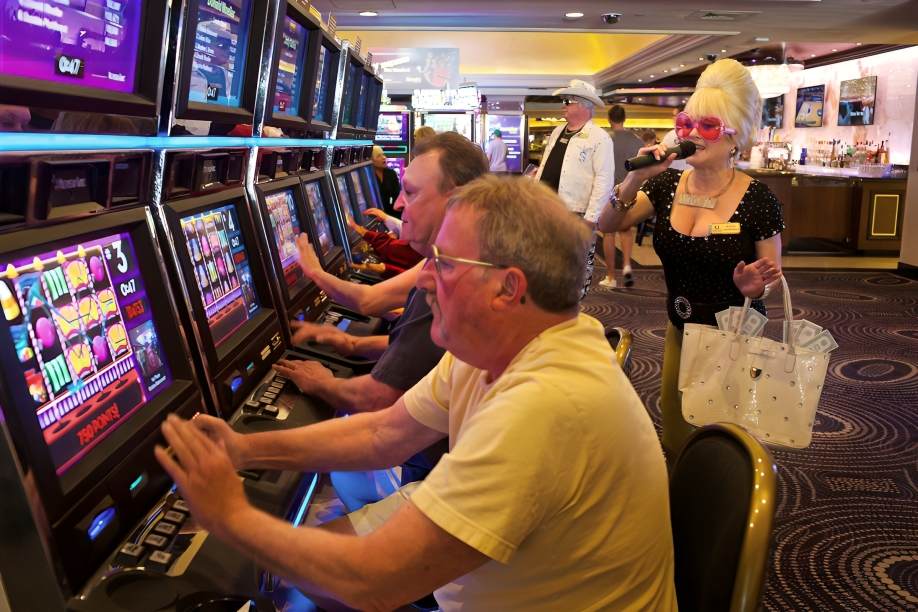
Since 2008, gaming machine data has been tracked using the Department’s Electronic Monitoring System (EMS).
Before 2008, the figures were estimates based on gaming duty (tax) and other information.
They used the expected percentage of money returned to players to calculate turnover for gaming machines.
- 83% from 1989–1991
- 85% from 1992–1996; and
- 88% from 1997–2007 inclusive, resulting in turnover or gross amount wagered for
- 1991: $632m;
- 1992: $732m;
- 1993: $815m;
- 1994: $965m;
- 1995: $1,138m;
- 1996: $1,313m;
- 1997: $1,913m;
- 1998: $2,400m;
- 1999: $3,000m;
- 2000: $3,747m;
- 2001: $4,978m;
- 2002: $6,478m;
- 2003: $7,845m;
- 2004: $8,625m;
- 2005: $8,558m;
- 2006: $7,546m;
- 2007: $7,921m.
Casino
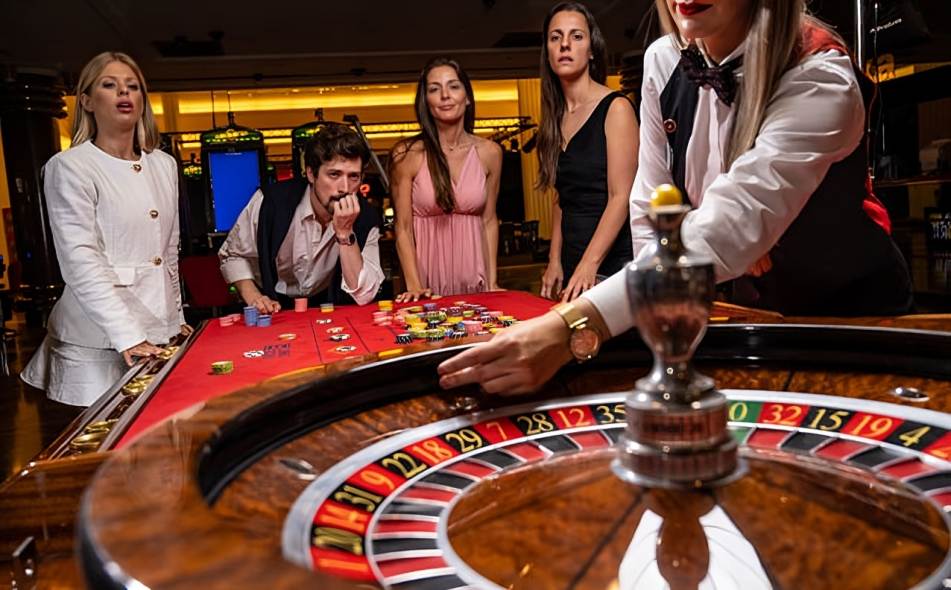
Casino data is estimated based on overall gaming duty figures and/or information gathered by the Department. The total amount bet at casinos is estimated at –
- 1995: $313m;
- 1996: $914m;
- 1997: $1,883m;
- 1998: $1,914m;
- 1999: $2,297m;
- 2000: $2,858m;
- 2001: $3,075m;
- 2002: $3,417m;
- 2003: $3,805m;
- 2004: $4,033m;
- 2005: $3,936m;
- 2006: $4,104m;
- 2007: $3,912m;
- 2008: $3,974m;
- 2009: $3,879m;
- 2010: $3,783m;
- 2011: $3,929m;
- 2012: $4,244.
In 1995, Christchurch Casino kicked things off with part-year trading, followed by SkyCity Auckland in 1996. Then came Queenstown’s Wharf Casino and the Dunedin Casino in 2000, with SkyCity Queenstown joining the mix in 2001, and finally, SkyCity Hamilton in 2003.
To check out these articles, make sure you have e2a.run on your computer or mobile device. You can read them for free right on the e2a.run website.
